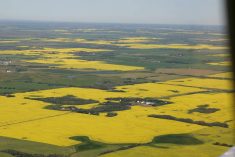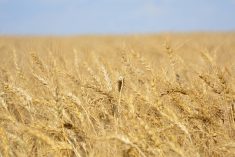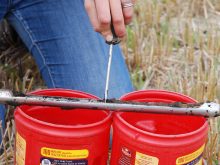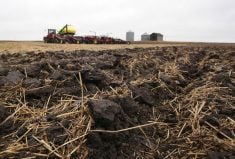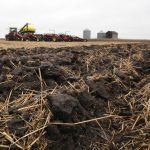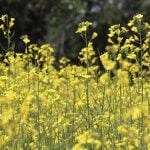TORONTO – When federal agriculture minister Lyle Vanclief met his provincial counterparts Oct. 11, he made it clear drought and farm income were not on the agenda.
Trade was the issue of the day.
“We were not here to talk money, we were here to talk trade,” Vanclief said later. “That issue was mentioned, the fact that there is a drought this year, the fact that we have to continue to review our safety net programs. But that was not the topic of discussion today.”
Had the meeting been held one day later, it likely would have been.
Read Also
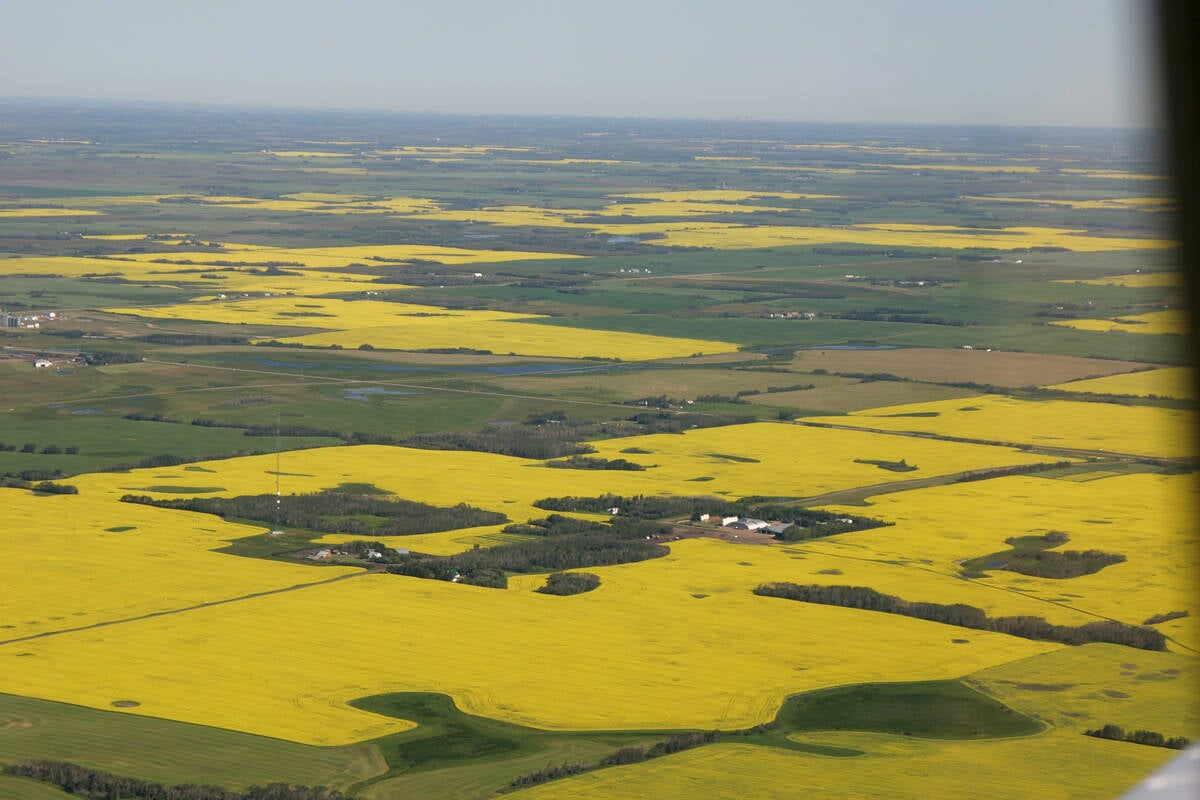
Increasing farmland prices blamed on investors
a major tax and financial services firm says investors are driving up the value of farmland, preventing young farmers from entering the business. Robert Andjelic said that is bullshit.
Agriculture Canada economists predicted Oct. 12 that after a healthy 2001 due mainly to high livestock prices, drought-stricken grain farms will be hard hit in 2002. Cattle producers who are forced to sell stock this winter because of a lack of feed or its cost will have a thinner economic base.
Program payments are projected to decline by almost 50 percent. The result is a prediction that Canadian realized net income will fall 32 percent to $3.2 billion.
In the West, Saskatchewan will be hardest hit, with projections that income will fall 74 percent to $231 million. In Alberta and Manitoba, the projection is for realized net income to decline by close to one-third.
In answer to reporters’ questions about government plans for dealing with drought effects, Vanclief said there will be no federal-provincial meeting, but continuing discussions. He said the program payments “will probably be very close to if not exceed $4 billion” this year.
He did not promise more.
But prairie agriculture ministers insisted that Ottawa should expect to hear requests for more money once the full effect of the drought is calculated.
“We have always told the federal government that if a disaster comes up and safety nets are not enough, we would come back to the federal government for more money,” said Manitoba agriculture minister Rosann Wowchuk after the meeting. “So the federal government has to keep an open mind on that.”
But before the fall of 2002, the report showed that realized net farm income will increase this year to $4.7 billion. It is buoyed by high livestock prices, sales of carryover grain from last year, lower energy costs and a $1 billion boost in program payments, including higher crop insurance payments.
In Manitoba and Saskatchewan, the 2001 projection is for a more than doubling of realized net income.
But when confronted with the dark picture next year, Saskatchewan minister Clay Serby said he was hopeful Ottawa will be open to calls for more agriculture spending.
“There is no question the national government is under tremendous pressure sorting out where their priorities are going to be and where they are going to make commitments,” he said. “There’ll be lots of places the money could go. My hope is that agriculture will be on that list.”
He said he has faith in Vanclief to represent farm interests at the cabinet table.
“You shouldn’t leave here assuming the discussion we had over lunch unequivocally said there would be no more resources federally for drought. What Mr. Vanclief said is there is an opening in the door. Mr. Vanclief has not closed the option that there might be some opportunity for this year yet.”




